Hale Habitat & Seed
Rapeseed
Rapeseed
FREE SHIPPING!
Couldn't load pickup availability
Rapeseed (Brassica napus) is primarily grown for its oil-rich seeds, but it also serves as an excellent crop for wildlife food plots. The plant’s seeds are highly nutritious and attractive to deer, birds, and other wildlife, making it a beneficial addition to food plots designed to attract and nourish wildlife. Additionally, its fast growth provides quick cover and a reliable food source for various animals, especially in the fall and winter months.
Benefits for Wildlife
✔ Highly nutritious seeds – Rapeseed provides high-energy seeds that are a preferred food source for many species of wildlife.
✔ Fast-growing – Ideal for fall food plots, it matures quickly, offering wildlife immediate forage.
✔ Attractive foliage – The leaves are also palatable to grazing wildlife, such as deer and rabbits.
✔ Fall and winter food – Once matured, the seeds can be left on the plant for a prolonged food source.
✔ Excellent for attracting birds – The seeds draw songbirds, pheasants, and other bird species.
Planting Guidelines for Rapeseed
-
Planting Times:
- Spring (early March to April) for early harvest or late summer (mid-July to August) for a fall and winter food source. The growing season typically takes 90–100 days to reach maturity.
-
Seeding Depth:
- 1/2–1 inch deep to ensure proper germination and good seed-to-soil contact.
-
Seeding Rates:
- Drilled: 5–8 lbs per acre for optimal plant establishment and coverage.
- Broadcast: 8–12 lbs per acre; lightly incorporate the seed into the soil to improve germination rates.
-
Days to Maturity:
- Typically 90–100 days from planting to seed maturity, depending on growing conditions.
-
Height at Maturity:
- Can grow up to 3–5 feet tall, depending on soil fertility and environmental factors.
-
Drought Tolerance:
- Moderate – While rapeseed is somewhat drought-tolerant, it requires adequate moisture during its growing period for best results.
-
Saturated Soil Tolerance:
- Low – Prefers well-drained soils and does not tolerate waterlogging. Excessive moisture can lead to root diseases.
-
Shade Tolerance:
- Low – Requires full sun for optimal growth and seed production.
Fertilization Guidelines for Rapeseed
-
Soil pH:
- Prefers a slightly acidic to neutral soil pH between 6.0–7.5 for ideal growth.
-
Nitrogen (N):
- Apply 40–60 lbs of nitrogen per acre for optimal vegetative growth, especially in nitrogen-deficient soils. However, avoid over-application as it can lead to excessive leaf growth at the expense of seed production.
-
Phosphorus (P) & Potassium (K):
- Ensure sufficient phosphorus for root development, applying around 30–40 lbs per acre, and potassium for overall plant health and resistance to diseases, around 30–50 lbs per acre.
Fertilization Timing:
- Fertilizers should be applied at planting or pre-planting, with nitrogen often applied as a split application – half at planting and the other half when plants reach the rosette stage.
Herbicide Use for Rapeseed
-
Weed Control:
- Rapeseed can be susceptible to competition from weeds, especially during early growth. Proper weed control is essential for healthy crop development.
-
Pre-emergence Herbicides:
- Herbicides like Pendimethalin and Trifluralin can be used to control weeds before the crop emerges. These are typically applied just after planting.
Share
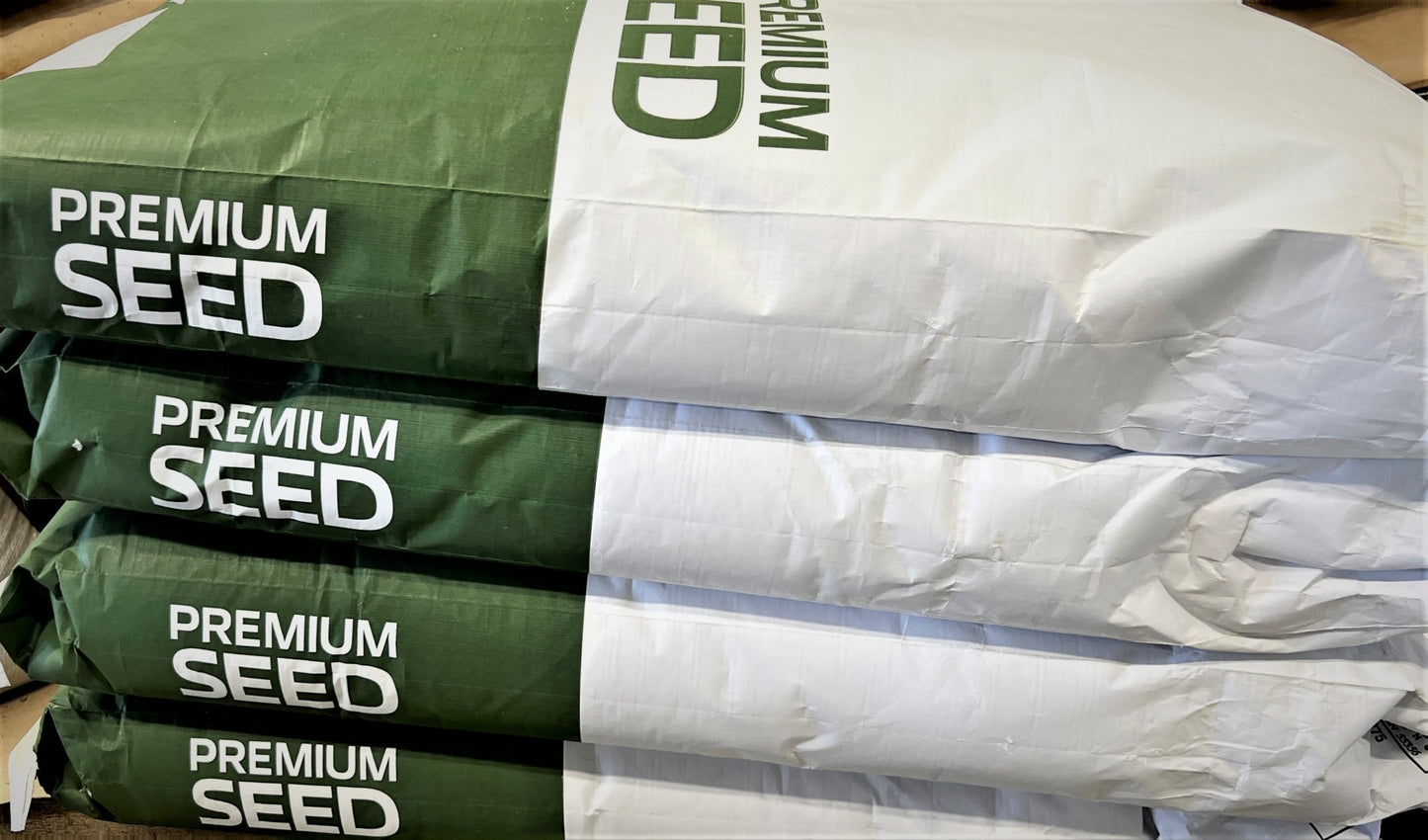
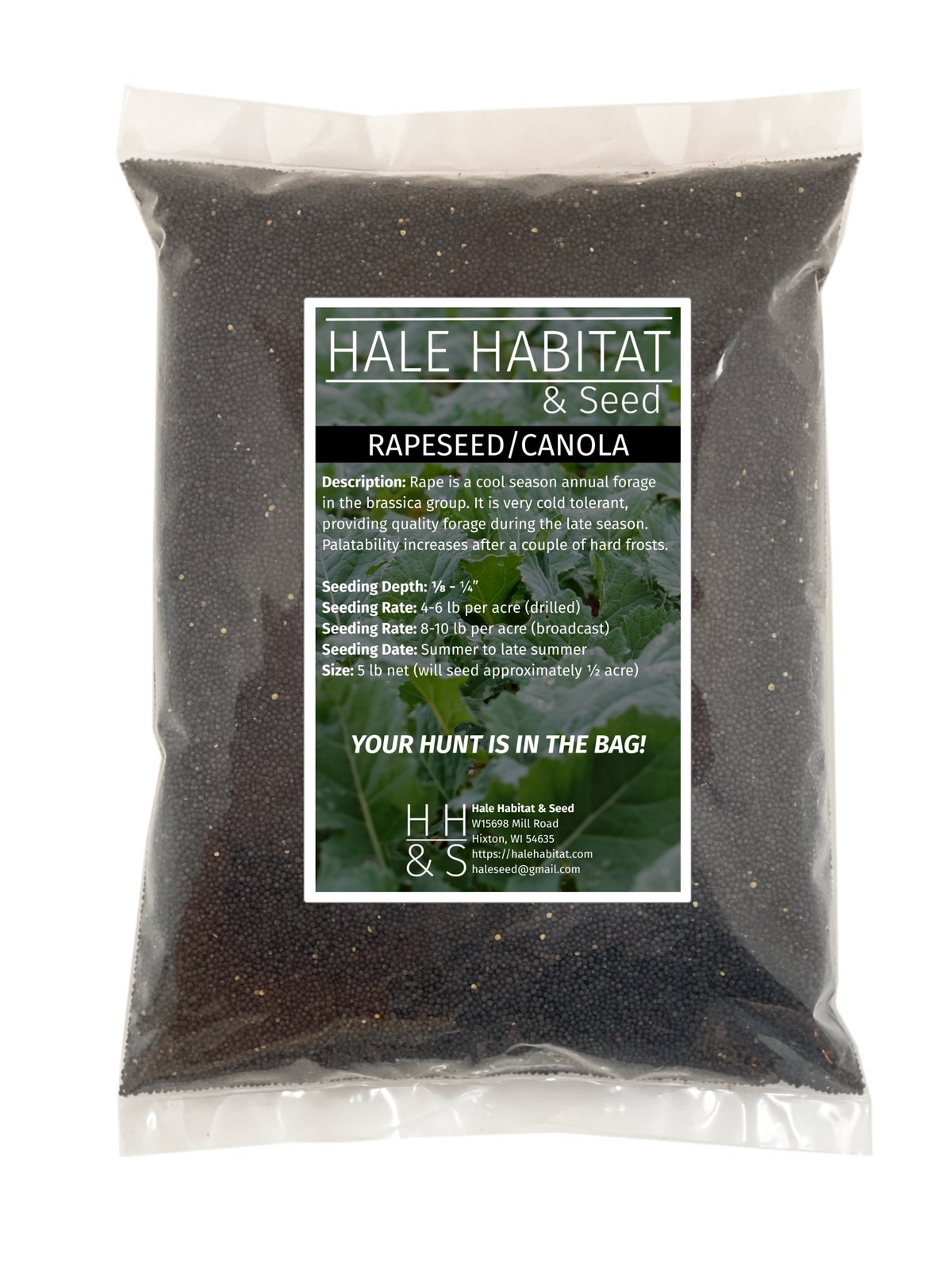
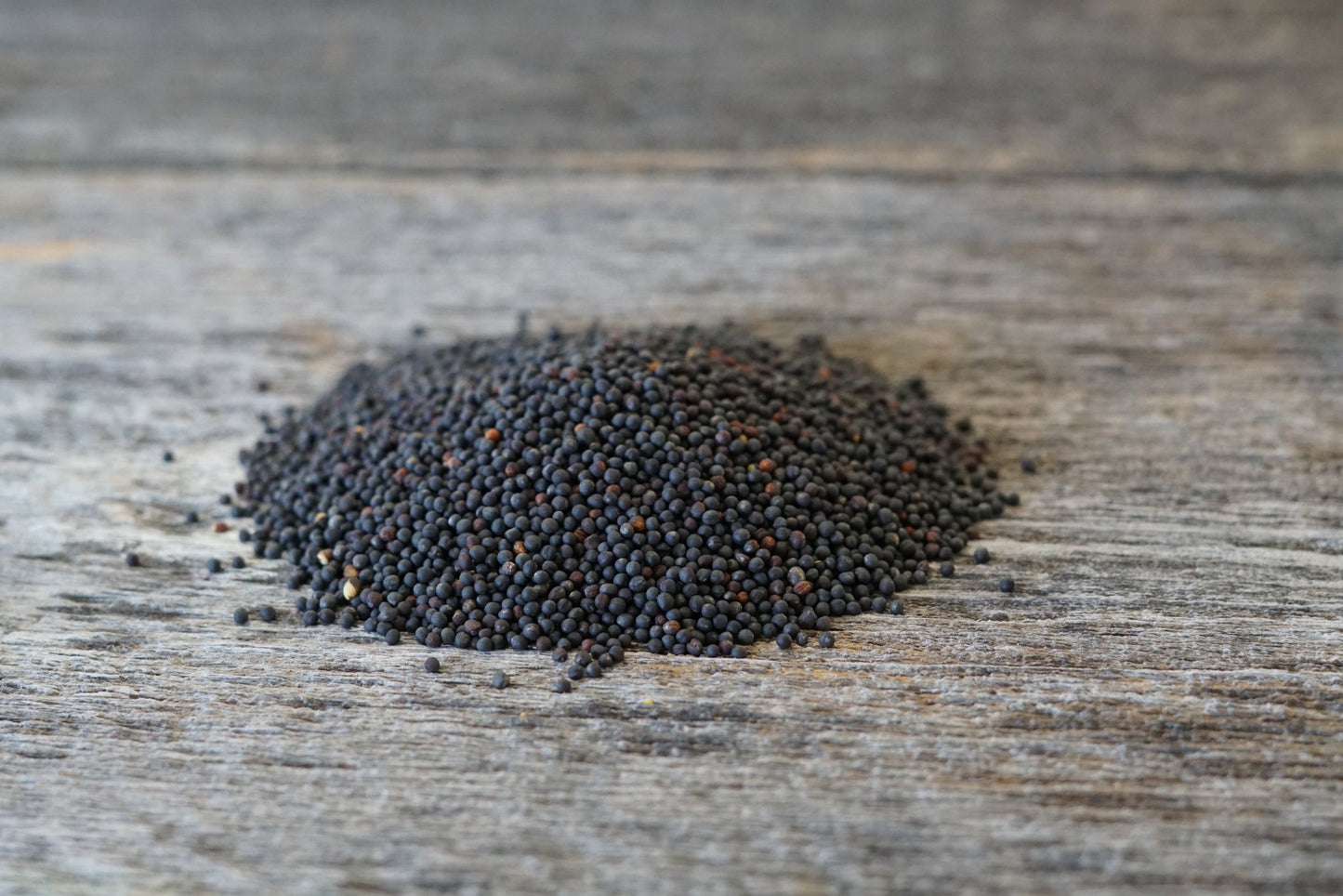
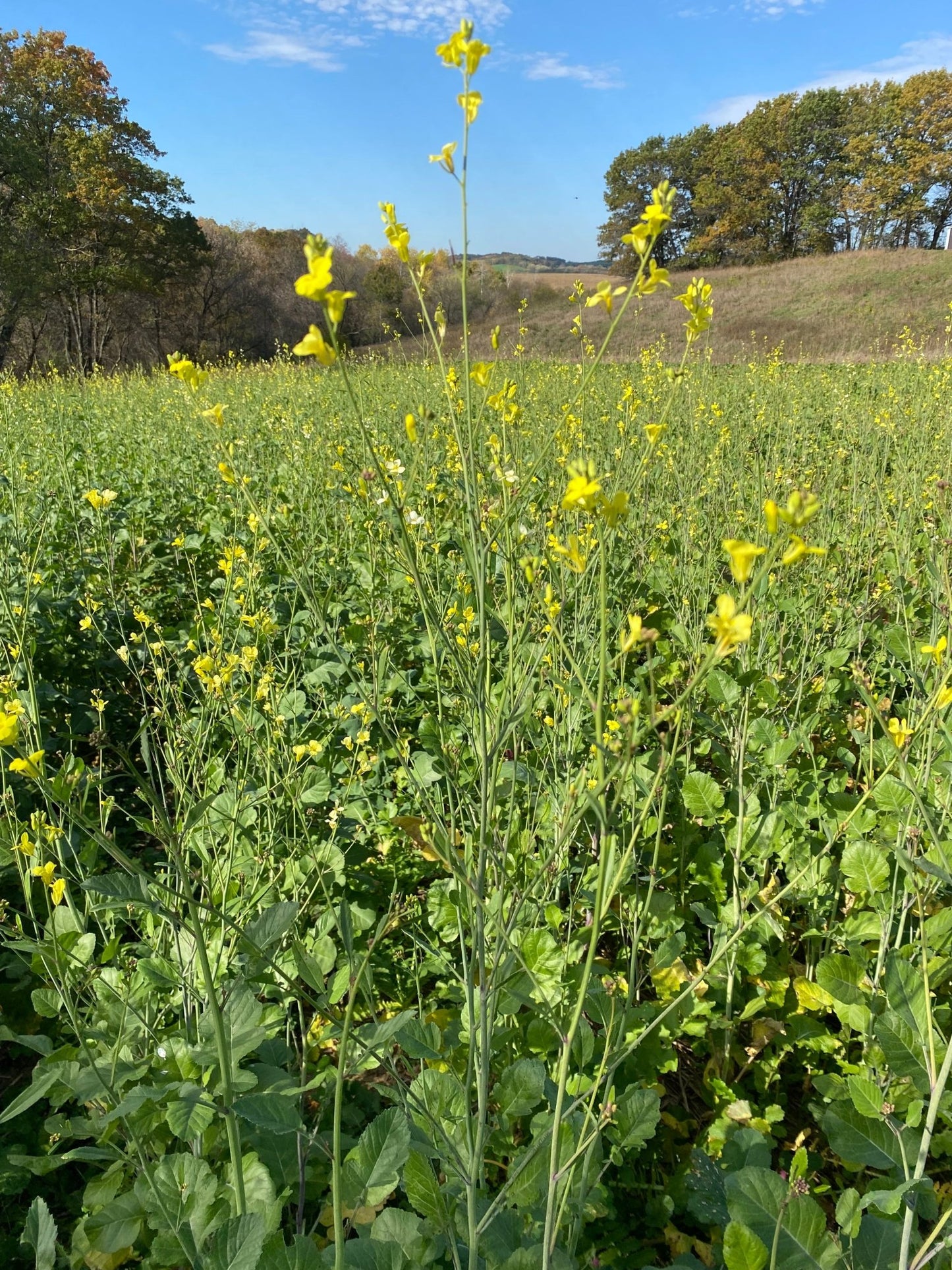
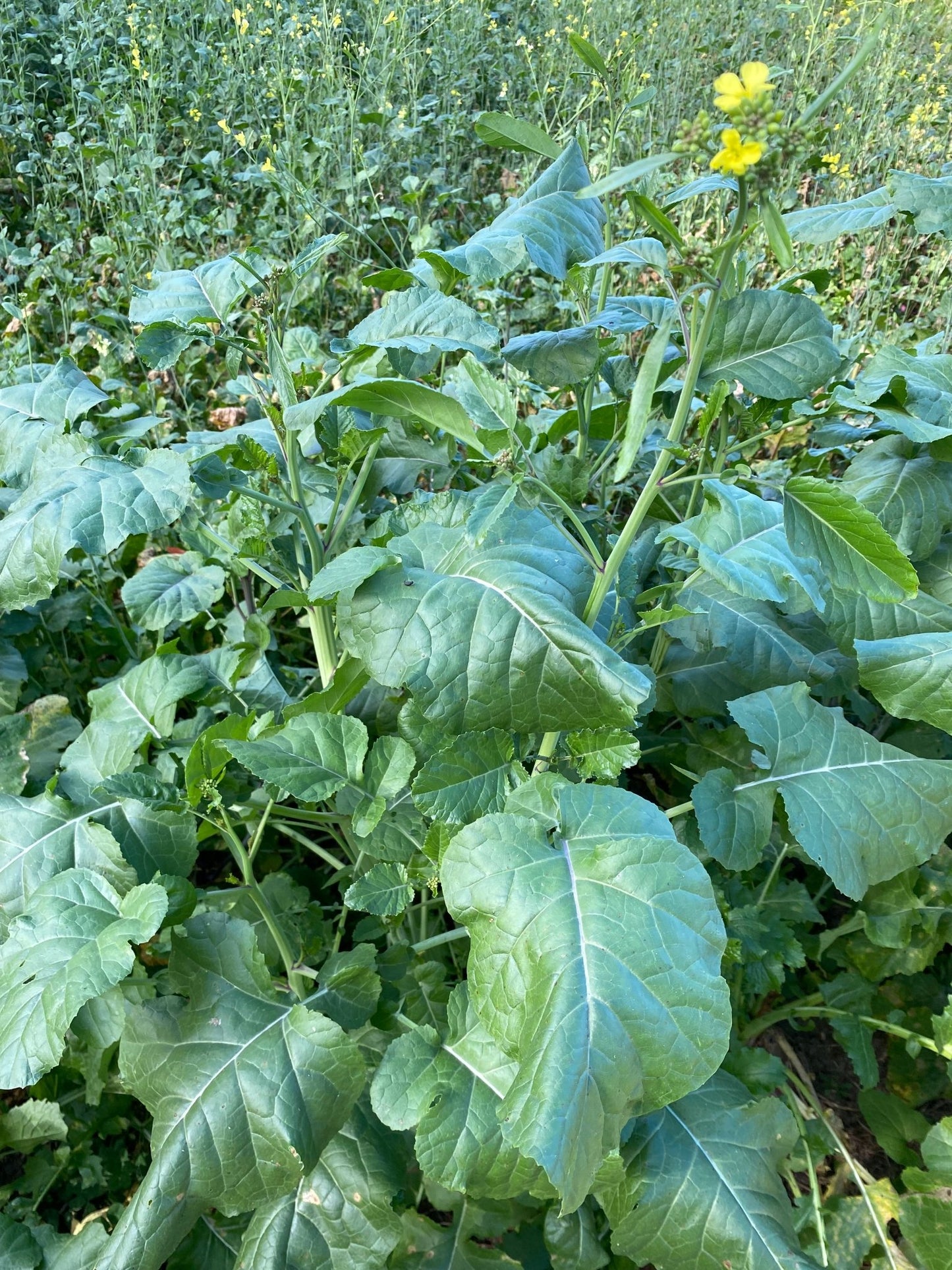
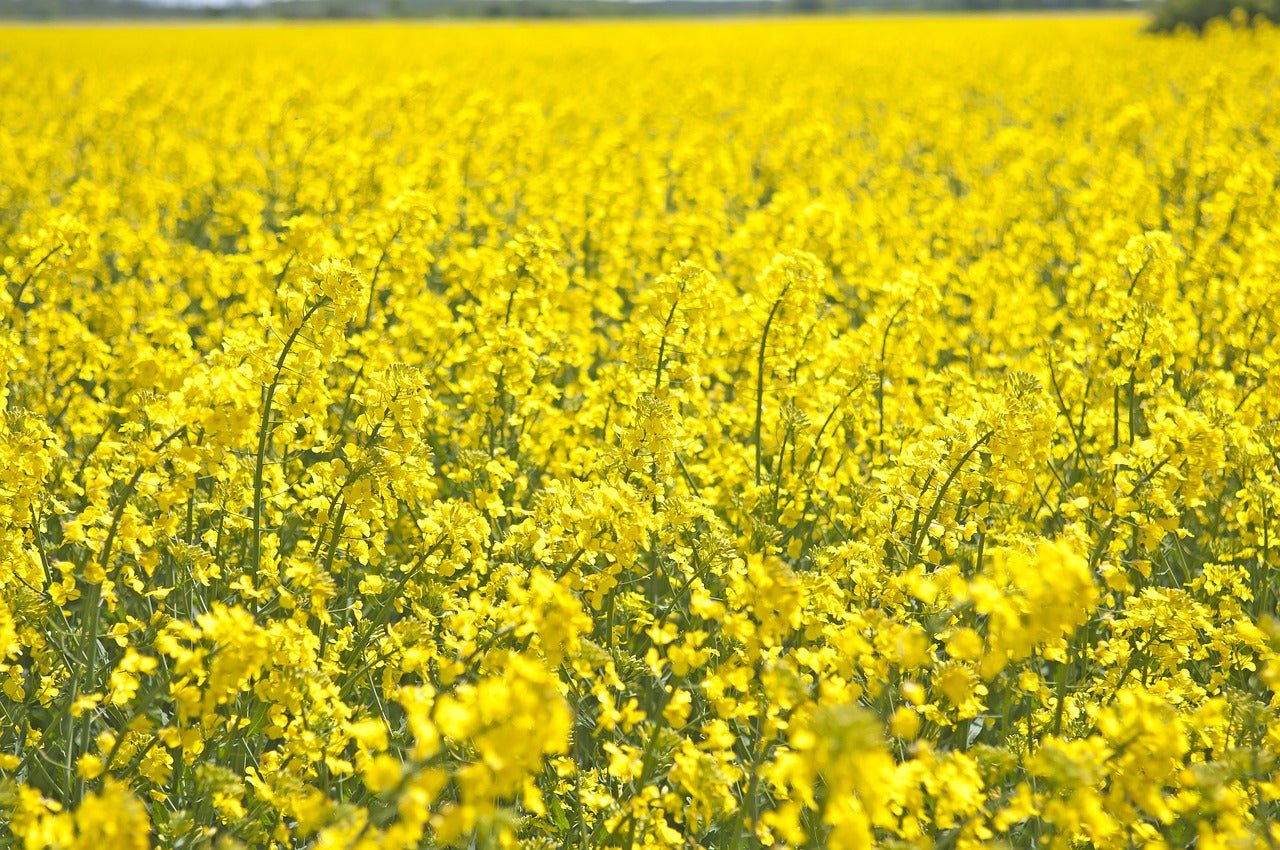
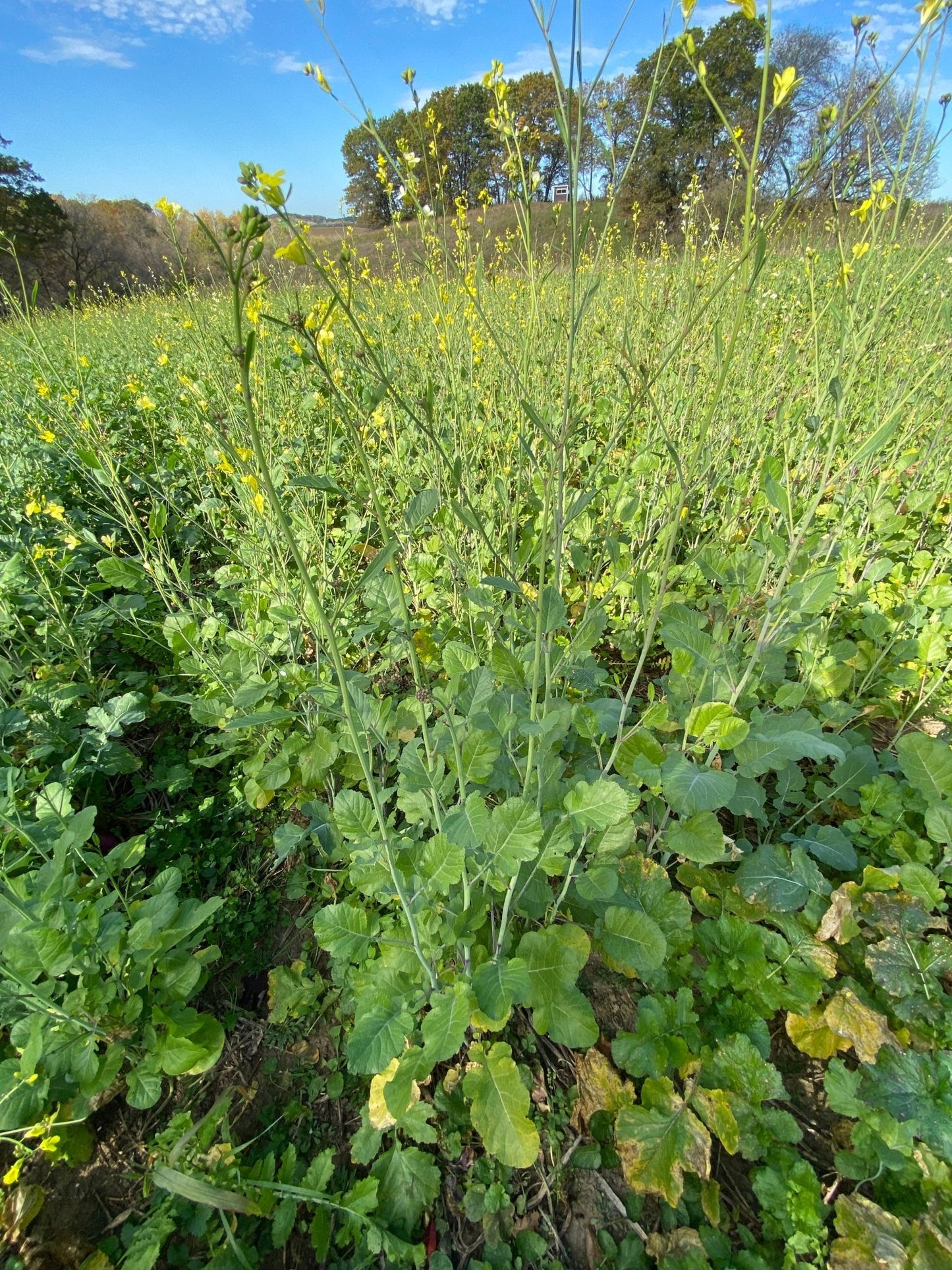
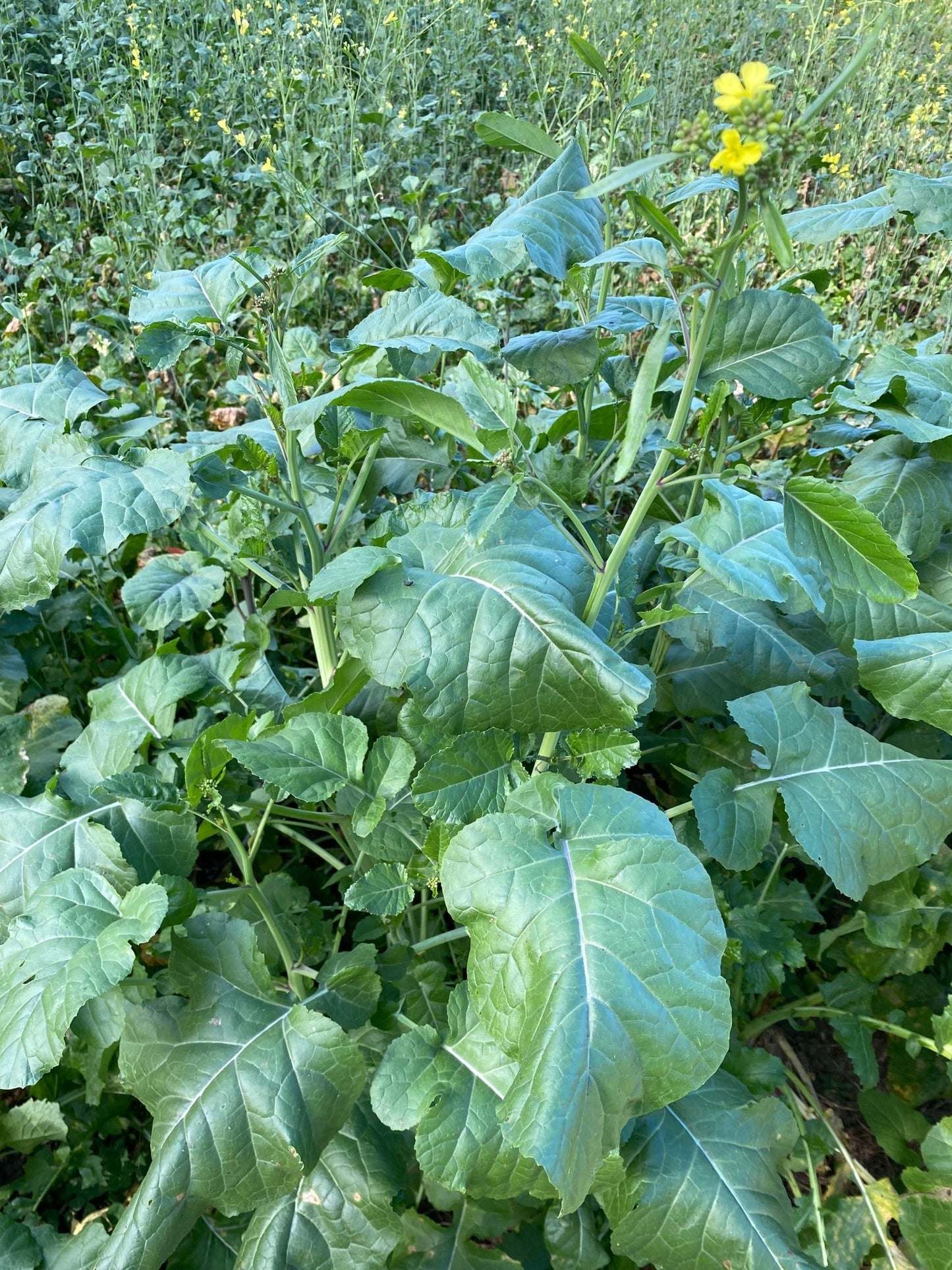
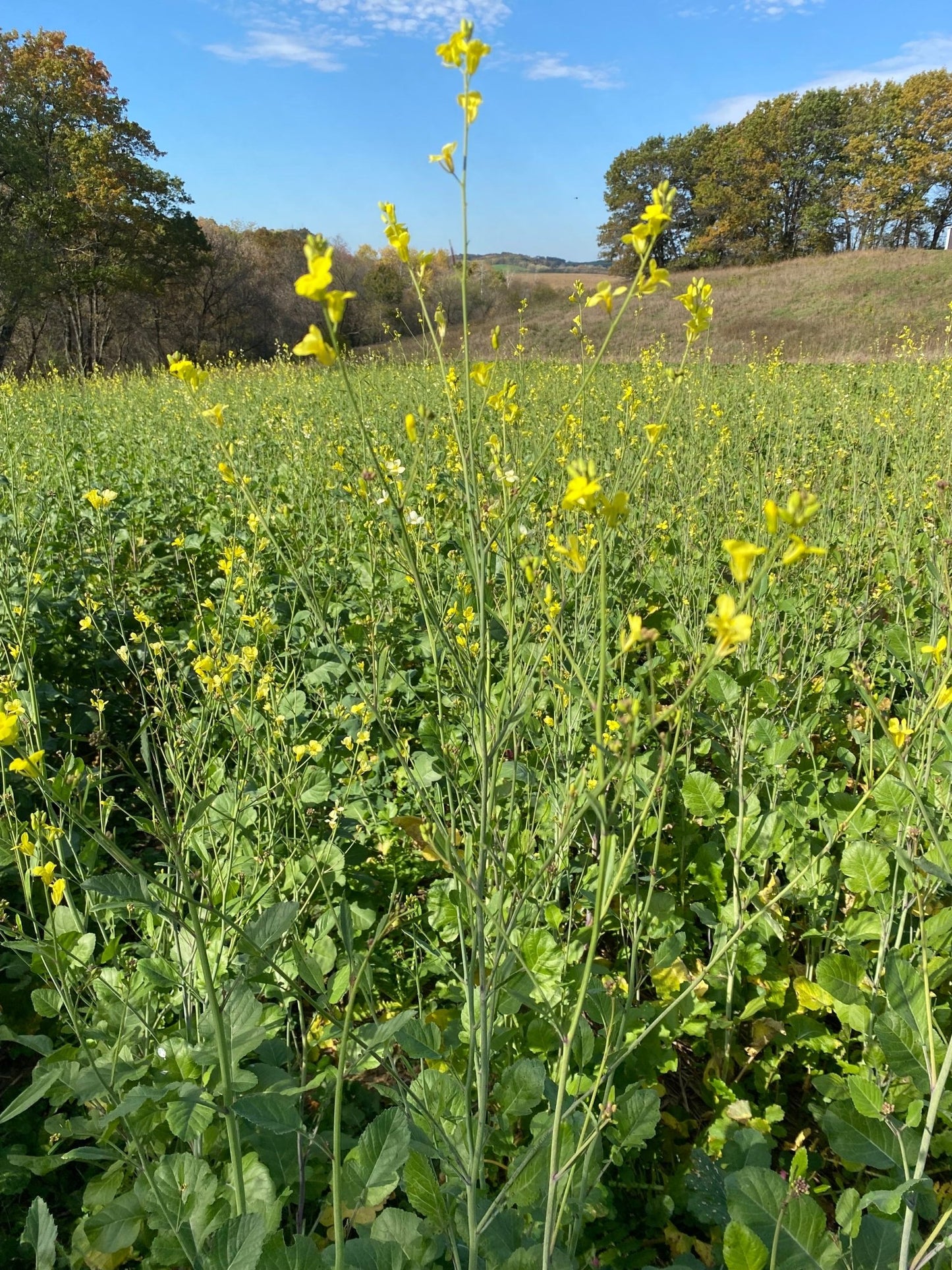

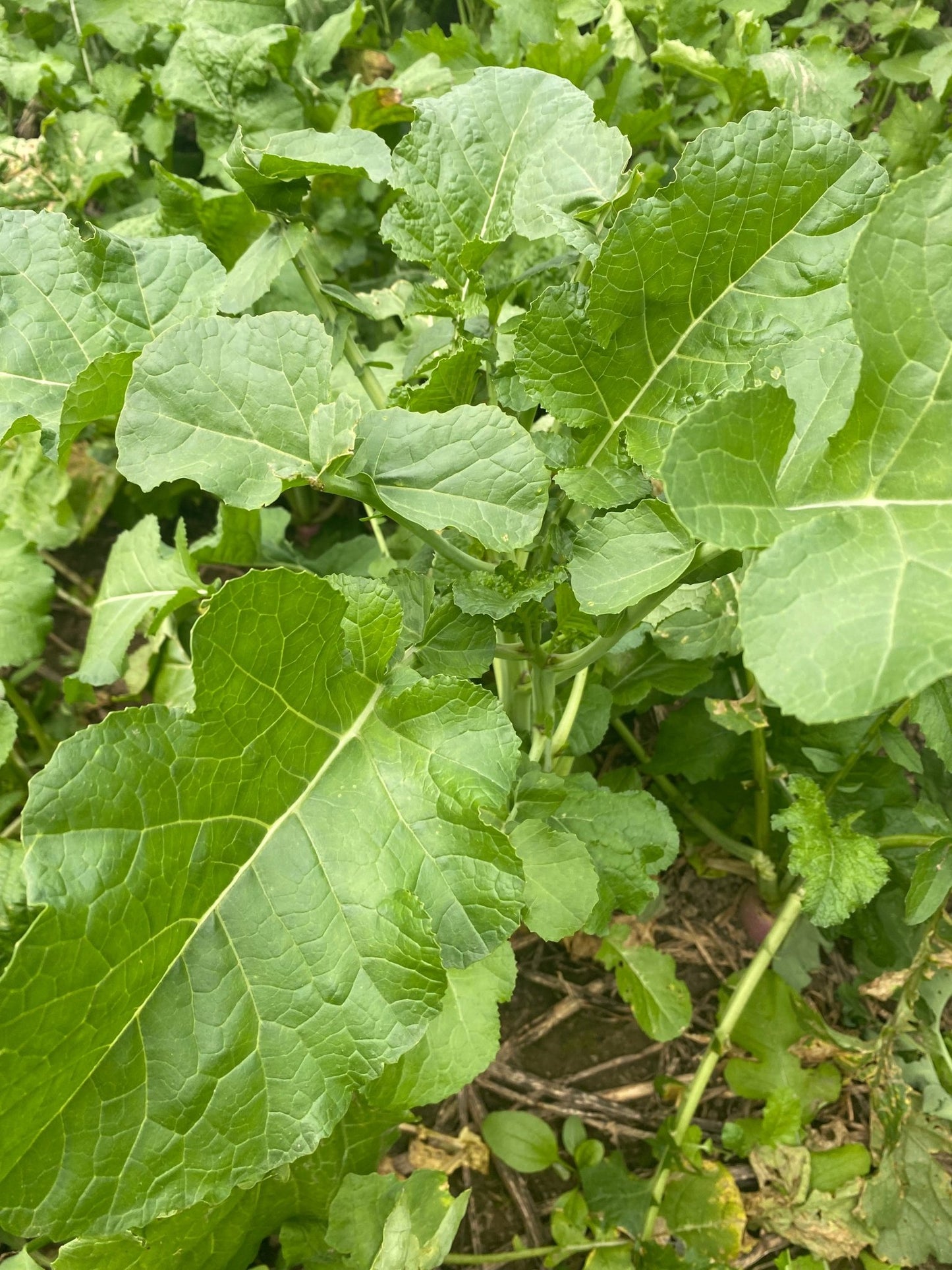
Quantity as stated. Just planted
Slow to sprout. But filled in quickly!











